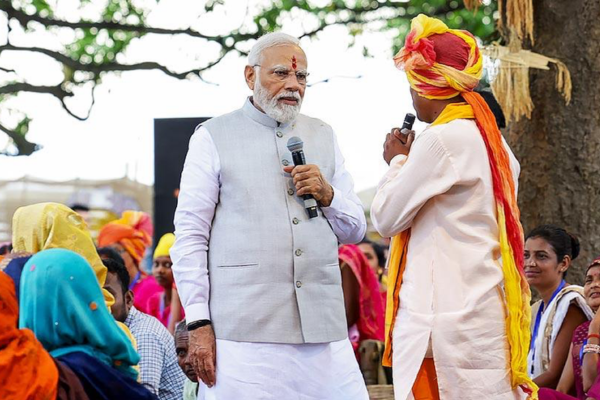In the realm of leadership and governance, the name Narendra Modi stands as a beacon of transformation and progress. The dynamic Prime Minister of India, Narendra Modi, has introduced several visionary initiatives, known as “PM Modi Yojana” or schemes, that are designed to uplift and empower the lives of millions of Indians. This article delves into the significance and impact of these remarkable initiatives that have reshaped the nation’s development landscape.
Unveiling the Vision
At the heart of PM Modi Yojana lies a vision to create a more inclusive and prosperous India. These initiatives are a testament to the government’s commitment to fostering holistic growth, eradicating poverty, promoting education, ensuring healthcare accessibility, and harnessing the potential of every citizen.
Transforming Lives
From “Swachh Bharat Abhiyan” (Clean India Campaign) to “Digital India,” these yojanas encompass a diverse range of sectors, each with a specific goal of transformation. They address issues such as sanitation, financial inclusion, skill development, and rural electrification. Through these initiatives, the government seeks to empower individuals with tools to improve their quality of life.
Empowering Women
One of the prominent aspects of PM Modi Yojana is the emphasis on women’s empowerment. Initiatives like “Beti Bachao, Beti Padhao” (Save the Daughter, Educate the Daughter) and “Pradhan Mantri Ujjwala Yojana” (Free LPG Connection Scheme) are aimed at ensuring the safety, education, and well-being of women across the nation.
Digital Transformation
The “Digital India” initiative is a testament to the government’s commitment to leveraging technology for the betterment of citizens. By promoting digital literacy, providing digital services, and connecting rural areas with the digital world, this yojana has bridged the digital divide and brought millions into the mainstream.
Economic Progress
PM Modi Yojana also includes economic empowerment initiatives such as “Pradhan Mantri Mudra Yojana” (Micro Units Development and Refinance Agency) that provides financial support to small businesses and entrepreneurs, fostering economic growth and self-reliance.
Connecting the Unconnected
Initiatives like “Pradhan Mantri Awas Yojana” (Housing for All) have made significant strides in providing affordable housing to those who were previously marginalized. This effort not only addresses the housing shortage but also contributes to the dignity and well-being of every citizen.
Conclusion
The impact of PM Modi Yojana is far-reaching and multifaceted, touching the lives of millions with transformative opportunities. From healthcare to education, sanitation to skill development, these initiatives are a testament to the government’s dedication to creating an empowered and self-reliant India. As the nation continues to march forward under the visionary leadership of Prime Minister Narendra Modi, these yojanas serve as a reminder of the power of collective progress and the potential of every individual to rise above challenges and embrace greatness.
FAQs
1. What is PM Modi Yojana?
PM Modi Yojana refers to a series of initiatives introduced by Prime Minister Narendra Modi with the aim of uplifting and empowering various sectors of Indian society.
2. How do these initiatives impact citizens?
These initiatives impact citizens by addressing critical issues such as education, healthcare, sanitation, digital inclusion, and economic empowerment, ultimately improving their quality of life.
3. What are some key areas covered by PM Modi Yojana?
The initiatives cover a wide range of areas including women’s empowerment, education, healthcare, rural electrification, digital transformation, and economic progress.
4. How do PM Modi Yojana initiatives contribute to women’s empowerment?
Initiatives like “Beti Bachao, Beti Padhao” and “Pradhan Mantri Ujjwala Yojana” focus on ensuring the safety, education, and well-being of women, contributing to their empowerment.
5. What is the significance of the “Digital India” initiative?
The “Digital India” initiative aims to bridge the digital divide by promoting digital literacy, providing digital services, and connecting rural areas with the digital world, empowering citizens through technology.

